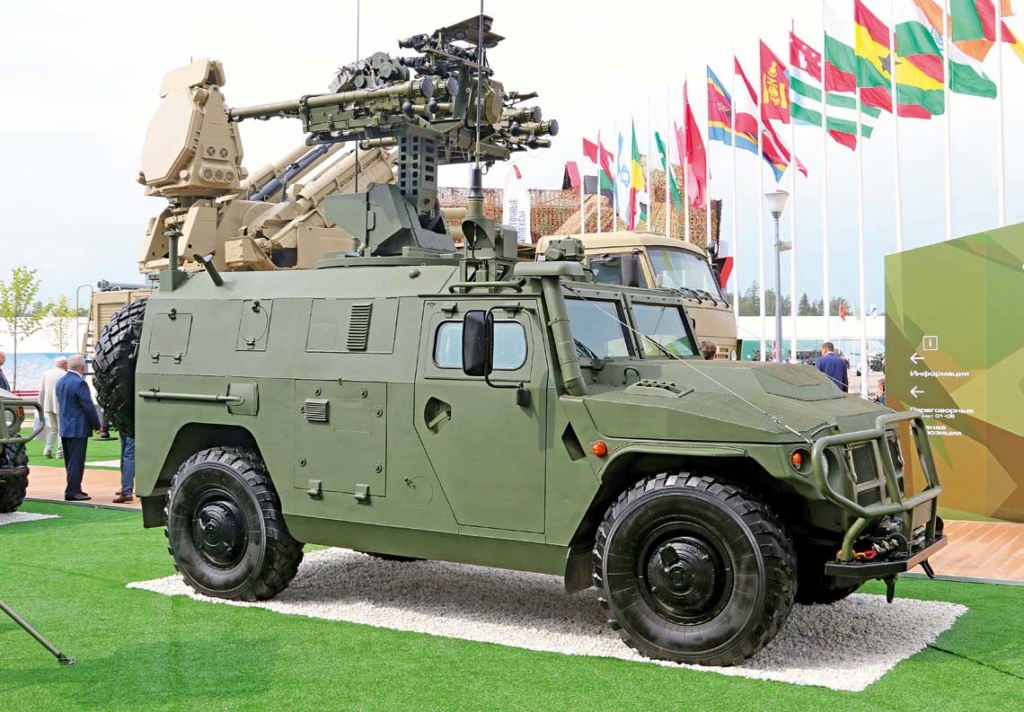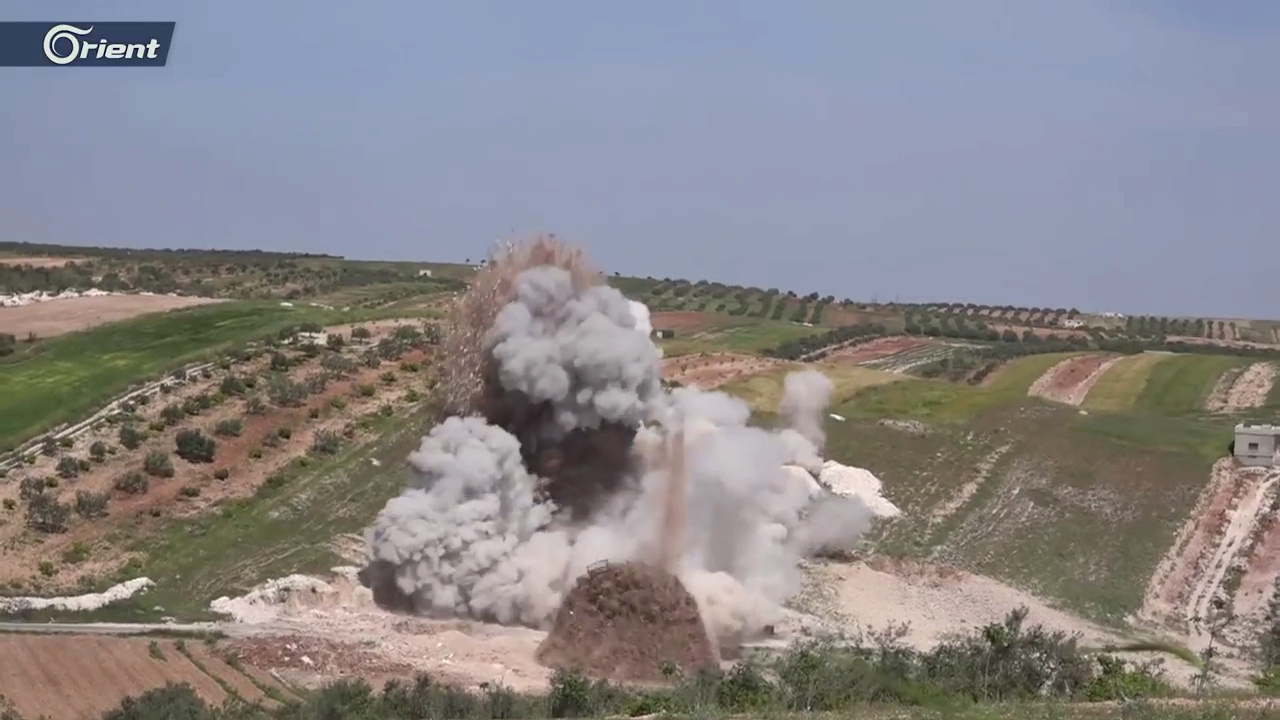Well, the Sosna still hasn't been deployed as far as i am aware of, and Russia is also in the process of upgrading the Strela-10s anyway.
Technology moves on so it is often easier to fit a new seeker or systems to an old model weapon to make it easier and cheaper to maintain.
The Russians continue to upgrade the T-72 at a time when there are multiple replacements on the verge or in service... T-90, T-14 Armata, Kurganets tank, Boomerang tank, Typhoon tank, and of course Sprut light tank.
So the upgrades are fine then.
True, but not worth spending a lot of money on because the clients wont want state of the art super dooper systems... well they probably will, but they wont be prepared to pay the sort of money needed for such levels of performance.
For instance getting an upgraded Shilka with all new AESA radar and all the electronics replaced with new missiles and upgraded design might cost 5 million per vehicle... but it might cost 6 million for a basic model Tunguska... which is a much better base vehicle... the guns are effective to roughly twice the range, and the missiles will also double the range of any MANPADS and actually be cheaper simple command guided missiles rather than more expensive IR guided weapons.
The thing is that weapons are for using and not for show, so having cheaper missiles is rather more important than western experts will admit... in combat soldiers will fire ATGMs at all sorts of things and with SAMs it is the same... the SA-19 is not an expensive missile and you could use it against drones with reasonable effectiveness, but Verba MANPADS are going to be much more sophisticated and expensive, while likely being more capable in some areas....
Either way the Sosna isn't ready yet, haven't heard about any unit orders yet.
Sosna-R is the export model name, the domestic model name is Bagul’nik, but I have also read of it being called Strela-10ML. The missile itself is actually already used in their navy in the Palma and Palash CIWS gun mounts.
My understanding is that the standard system is MTLB based but there is a BMD-4 based model to replace SA-13 (which is not air droppable) and the ZU-23-2 in the VDV.
True, although then there's the question of how many targets it can engage at once, after all it only has one Laser beam channel.
Probly the only advantage the Strela has, i guess.
It can probably only guide one missile at a time, but the booster accelerates the missile to 900m/s and its very low drag second stage means flight times are very short out even to max range... The cost of that advantage is rather high because it makes it expensive to use. The Sosna vehicle has 12 ready to use missiles that can kill targets in a circle 20km across and 5km high... that is very powerful.
Although there is mention of a small acquisition Radar to engage more targets, not much info on this component though?
I suspect the SOSNA vehicle will not be fitted with radar to make it a passive node in terms of the network, but it can still detect and track targets on its own... presumably it can detect and lase targets beyond 10km range around its own position... lack of a radar in the Russian military is not a problem really as most air defence vehicles get their targets and orders from command vehicles anyway most of the time. The don't roll around the place looking for air targets themselves... that would be very inefficient and disorganised.
Problem is, that it is from seventies and missile's IR homing head is not that good against modern small targets as drones, bombs, missiles, etc, although in Syria, they shot down cruise missiles.
They have upgraded the seeker several times to improve its performance and increase its resistance to countermeasures... the M3 model was advertised in the early 2000s and mentions abilities to hit small targets like cruise missiles and drones... but that is as much to do with the laser proximity fuse than the seeker really... the Igla seeker could detect small drones and cruise missiles but it was the Igla-S that got a proximity fuse before they said it was capable of being used effectively against small targets.
And of course the much higher flight speed means it can engage more targets than you might think... plus it can engage targets no matter what their IR signature including targets on the ground or in bad weather.












